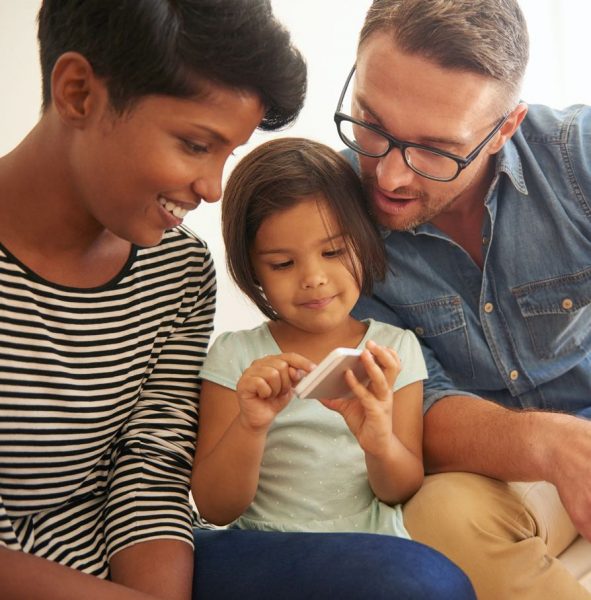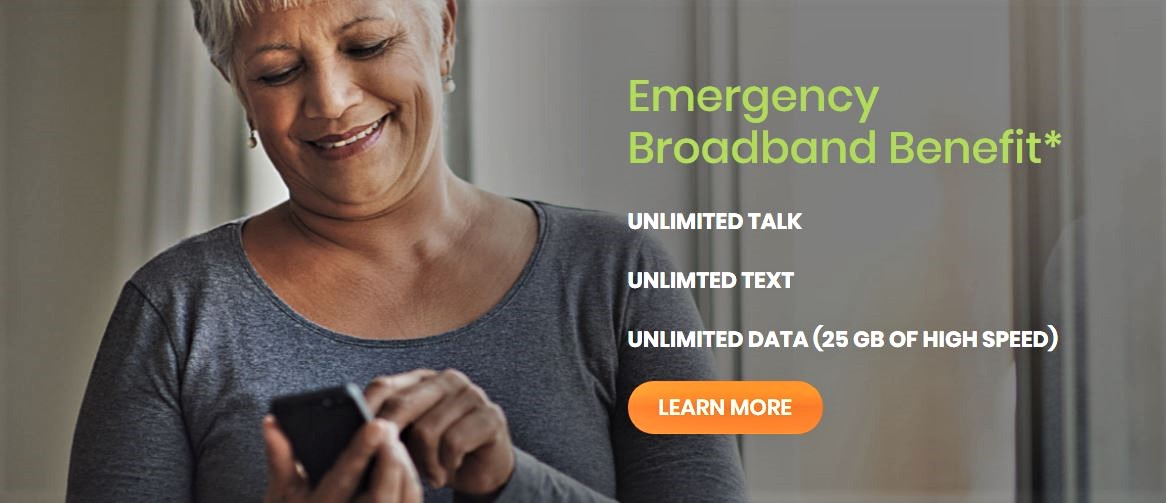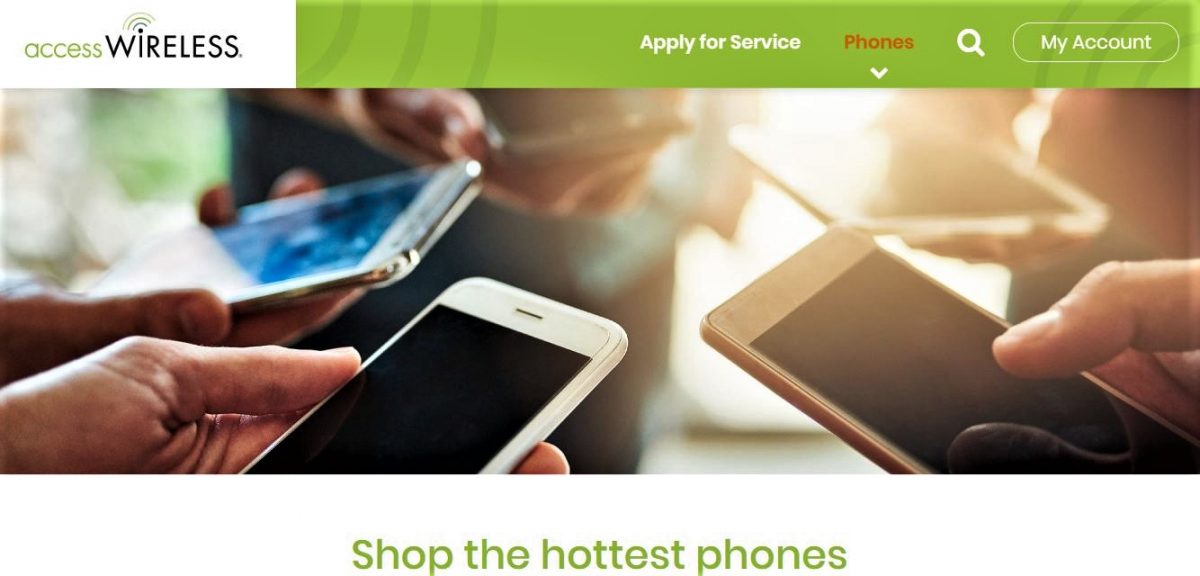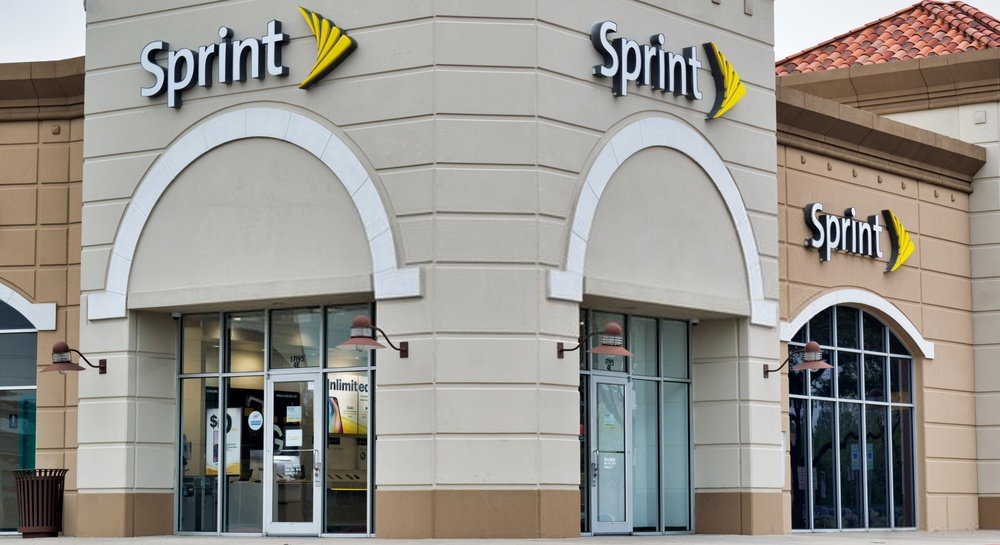Most people would agree that connectivity is a crucial part of everyday life in the 21st century. This became even more evident during the COVID-19 pandemic. It’s no surprise that many people think connectivity and internet access are human rights as a result. However, despite the clear need for it, connectivity isn’t always so accessible — especially to lower-income households. That’s exactly why Access Wireless exists: to provide low-income US citizens with the connectivity they need to get by. What is it and how can you sign up for its Lifeline Program? Here’s what you need to know.
What Is Access Wireless?

It’s not always easy to access communication services and pay for data in 2021. Both prepaid and postpaid data plans can come with high costs, especially if you want something high-quality. On top of that, people need to pay for WiFi to connect to others even at home. Moderate income earners may be able to afford it on top of rent and other bills. However, lower-income households are at a clear disadvantage.
That’s why Access Wireless and its Lifeline Program is so relevant in the modern day. If you’re unfamiliar, it is simply a government program aimed to provide accessible connectivity for the less privileged. i-Wireless LLC, the company that owns Access Wireless, is responsible for offering all of these things to qualified applicants.
It provides both the gadget and easy access to various connectivity services. This includes free smartphones, minutes, texts, and data so that low-income earners can stay connected. Whether you want to connect with friends, family, or potential employers, it can meet all of those needs.
In addition, it also provides nationwide coverage through Sprint and even has added perks. For example, the program also provides free long-distance connectivity, international calls, and even provides mobile phones. With it, all Americans can reasonably access all of the services they need, regardless of income level.
Who Is Eligible for Access Wireless Lifeline Program?
Applying for the company’s Lifeline Program is very enticing because everything is free. However, the application isn’t open to everyone as there are certain conditions required to qualify. More specifically, there are two instances where an individual can qualify for the Lifeline Program. The first is based on household income and the second on involvement in public assistance programs.

Based on Household Income
Naturally, the Lifeline Program should serve the less privileged. That’s why the first instance where someone would be eligible for the program is if they’re low-income earners. Of course, it will take your total household gross income into account, not just your pay. Moreover, the qualifying amount will vary by state, so it’ll always depend on where you live.
If you’re someone who wants to apply based on your income level, there are some documents you need to prepare. According to Access Wireless, any of the following supporting records should be enough during application:
- Divorce decree or child support document
- Last year’s State or Federal income tax return (1 copy)
- Most recent pay stubs (for 3 consecutive months)
- Retirement/Pension benefits statement
- Social Security benefits statement
- Unemployment/Workers Compensation benefits statement
- Veterans Administration benefits statement
Based on Participation in Public Assistance Programs
On the other hand, individuals receiving help through some form of government-funded assistance may also enroll with Access Wireless. Here’s a list of all the recognized assistance programs that can qualify you for the Access Wireless Lifeline Program:
- 135% of Federal Poverty Guidelines
- Bureau of Indian Affairs General Assistance
- Federal Public Housing Assistance (FPHA) or Section 8
- Food Distribution Program on Indian Reservations
- Headstart (meeting income qualifying standards)
- Medicaid
- Supplemental Nutrition Assistance Program (SNAP/Food Stamps/Food Assistance)
- Supplemental Security Income (SSI)
- Tribally Administered Temporary Assistance for Needy Families (TANF)
- Veterans or Survivors Pension
However, participating in these assistance programs is not enough. Your documents also need to include important information for proper processing. Specifically, the supporting document you submit must at least:
- Say your name or the benefit qualifying person’s (BQP) name;
- Include the name of the Lifeline-qualifying program (e.g. TANF);
- Be issued by a federal, state, or local government, program administrator or managed care organization (MCO), or Tribal program;
- Have been issued within the last 12 months, or should have a future expiration date; and,
- Show that you are:
- Receiving an income ≤135% of the federal poverty guidelines, or;
- Actively participating in a Lifeline-qualifying program
What Are the Access Wireless Plan Offerings?

It provides numerous different lifeline program assistance services to qualified individuals. Unfortunately, its plans usually vary per state, so we can’t discuss each one in-depth here. Nonetheless, we can shed some light on its basic plans to give you an overview of what you can get.
Emergency Broadband Benefit Plan
Firstly, the lifeline program’s most basic package starts with the Emergency Broadband Benefit (EBB) Plan. This generally includes a free government phone along with unlimited texts, calls, and data. However, like most other carriers, the unlimited data they provide comes with only 25 GB of high-speed connection. Hence, you should expect a bit of slowdown once you reach the 25 GB cap.
In addition, the EBB plan also provides access to perks such as free voicemail, caller ID, and call waiting. It even has free long-distance connectivity so long as they’re domestic calls. Lastly, enrolling with Access Wireless also entitles you to its exclusive wireless rewards program.
However, while Access Wireless does provide unlimited minutes and texts, not all of its perks come without limits. Hence, customers who would want more airtime can purchase additional minutes and data through their online accounts. Simply log in to the Website and click “Add Airtime” to purchase more. However, do note that purchasing airtime isn’t available in all areas, so your mileage may vary.
Restrictions
Access Wireless already provides great benefits to its customers. However, this doesn’t mean there are no restrictions to the service. After all, the company would go bankrupt if they offer free phones and services to everyone.
Apart from the income and program participation qualifications, it also has other restrictions. For example, they can only provide one Access Wireless WiFi service to each household. This applies whether the service is a wireline, wireless, or broadband internet connection. Hence, you can’t have the entire family receive benefits from the Access Wireless Lifeline Program.
In addition, the Access Wireless account is non-transferable and must be in the name of the qualified customer. Moreover, the address indicated should pertain to the residence of the qualifying customer and they should provide other information as needed. This includes information such as birthdays, social security numbers, ID, etc.
How to Sign Up for Access Wireless Lifeline Program

Thankfully, Access Wireless provides multiple options when it comes to accepting applications from potential customers. The first way is through online enrollment on its website. You can also apply by sending the application form and requirements through an email.
On the other hand, if you don’t have easy access to the internet, you can also apply through snail mail. However, it might take a bit longer than applying straight through their online application. Nonetheless, we’ll walk you through both so you can keep your options open.
via Website
Firstly, let’s talk about enrolling online for the Access Wireless Lifeline Program. This one is pretty straightforward if you’re used to applying for things online. All you need to do is go to their website and click “Enroll Online.” However, do know that enrollment availability depends on the area you live in. Afterward, just complete the online application form to process your enrollment quicker.
via Email
On the other hand, you can also apply for the Access Wireless Lifeline Program via email. However, this method is slower and may take up to 45 days to finish. All you need is to download and print the application form through this link. Afterward, just fill in the form and submit it here, along with the necessary supporting documents.
via Mail
Lastly, you can also opt to mail the printed copy of the application form to Access Wireless physically. You can mail it to the mailing address (varies per state) dictated on their website.
What Phones Are Compatible with Access Wireless?

The Access Wireless Lifeline Program already includes a free smartphone. However, enrolling in its Lifeline Program doesn’t give you the option to choose a smartphone model. Instead, the company sends you one at their discretion and provides the necessary instructions for activation.
Phone Upgrades
Of course, signing up for the Access Wireless Lifeline Program doesn’t mean you’re stuck with the smartphone they send you. That’s because you can purchase an upgraded phone if you’re dissatisfied with the one you get. Just visit their online store and purchase a phone from there to use with Access Wireless.
Bring Your Own Phone
On the other hand, Access Wireless also has a BYOP (bring your own phone) program. You can simply purchase a GSM SIM Kit to get an Access Wireless SIM card. It costs only $6.99 — convenient for folks who already own a smartphone. However, opting for the Access Wireless bring-your-own-phone route means your phone needs to meet certain standards.
Firstly, your phone must be a CDMA device that’s GSM LTE compatible. Moreover, your current phone’s OS shouldn’t have been tampered with or altered in any way. Of course, it should also have already finished all the financial and contractual obligations with its original carrier. Furthermore, it shouldn’t have been reported as a lost or stolen phone and should still have the original manufacturer’s ESN.
Lastly, Access Wireless has been making upgrades to its network in 2021. It is now upgrading to a nationwide GSM LTE 4G/5G network to provide faster data connections to its clients. Hence, the phones you bring in should also be compatible with GSM LTE.
Access Wireless is available anywhere i-Wireless LLC’s services can reach. It’s available nationwide so it should be available in most people’s places of residence. However, for a complete picture of where Access Wireless provides its services, here is its list of serviceable states:
What Network Does Access Wireless Use?

Network coverage is one of the most important facets of a wireless communication service like Access Wireless. After all, what good is internet coverage when you can’t access the service in the majority of the US? Thankfully, Access Wireless has nationwide coverage through Sprint. You can easily check Sprint’s map of data and network coverage to gauge whether Access Wireless can cover your area.
Pros and Cons of Access Wireless

As you can see, the Access Wireless Lifeline Program provides tremendous benefits to qualified customers. Not only will you get a free phone but also free services for texts, calls, and data as well. Moreover, these services are unlimited, only limiting your data speeds after reaching the data cap.
Lastly, there are no additional fees attached to the service at all. Eligible individuals won’t need to worry about monthly bills, contract payments, activation fees, or even surcharges. That is, unless you purchase additional airtime, of course. However, that’s largely negligible since it’s an optional purchase.
With that, the advantages are pretty clear. You get to connect with friends, family, potential employers, and government agencies all for free with Access Wireless. Hence, you don’t have to worry about being completely disconnected or hopeless during a financial crisis. Moreover, with nationwide coverage through Sprint, you don’t have to worry about coverage at all.
However, like with any telecommunication company, Access Wireless also has its downsides. For example, enrollment slots aren’t always available, so you might have to wait for openings to get into the program.
Moreover, it distributes free phones at their discretion. Customers who apply for the Lifeline Program have a high chance of getting a substandard phone. Lastly, based on Access Wireless review pages online, many customers feel dissatisfied with the company’s customer service.
Verdict
Overall, Access Wireless is a decent choice for low-income earners who need access to communication services. Accessing free phones and services makes the load much lighter on those who are struggling financially. While it isn’t the best choice if you’re looking for high-quality phones, it gets the job done well enough.
